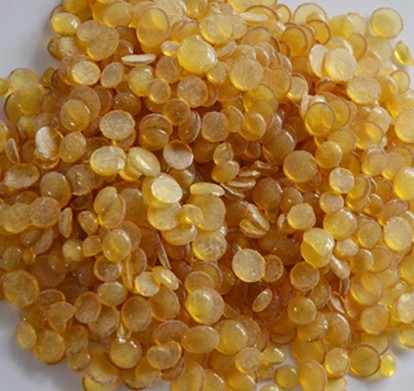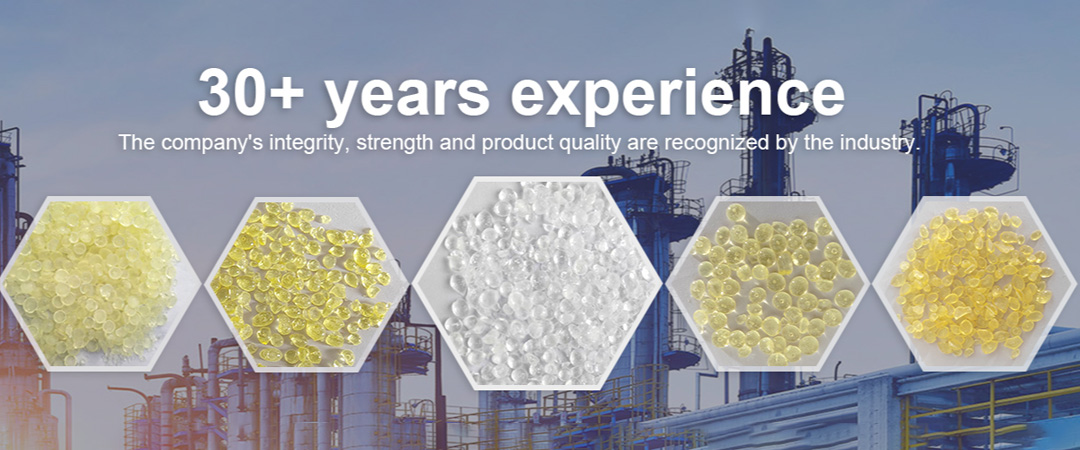Why ink resins can play an important role on packaging inks?
The reason why ink resin can play an important role in packaging ink is that it is the core material in ink and plays a key role as a pigment carrier. Specifically, the role of ink resin in packaging ink is reflected in the following aspects:
1. As a pigment carrier
Ink resin evenly disperses and stably suspends pigments in the ink system through mechanisms such as chemical bonding and intermolecular forces, ensuring that pigments can be smoothly transferred to the surface of the substrate during the printing process, forming clear and vivid patterns and text.
2. Affects ink performance
The performance of ink resin directly affects key indicators such as viscosity, dryness, flowability, and adhesion of ink. For example:Viscosity: A suitable resin viscosity helps ensure smooth flow and uniform coating of ink during the printing process.
Dryness: The drying performance of resin determines the curing speed of ink and the drying time of printed matter, which has a significant impact on printing efficiency and quality.
Adhesion: The adhesion between resin and substrate determines the firmness and durability of printed materials.

3. Adapt to different substrates
For different substrate materials such as paper, plastic film, metal, etc., different types of ink resins need to be selected to ensure good printing results. For example, for non-polar substrates such as PE and PP, chlorinated polypropylene resins are usually used; For polar substrates such as PET and PA, polyurethane resins are used. In addition, through composite modification technology, the versatility of the resin has been expanded, which can better adapt to the needs of different substrates.
4. Improve the quality of printed materials
The transparency, wetting and dispersing properties of ink resin have a significant impact on the coloring power of ink and the glossiness of printed materials. High quality resin can evenly disperse pigments, improve the coloring power of ink, and make printed materials bright and full in color. Meanwhile, the film-forming properties of the resin also contribute to improving the glossiness and friction resistance of printed materials.
5. Meet environmental requirements
With the increasing awareness of environmental protection, the environmental performance of ink resins is also receiving more and more attention. Modern ink resins reduce the emission of harmful substances and comply with environmental regulations by adding environmentally friendly additives and improving production processes. For example, polyurethane resin not only expands its application range by adding adhesion promoters or blending with chlorinated polypropylene, but also solves the problem of excessive residual toluene solvent.The above is the editor's explanation of why ink resins can play an important role on packaging inks. Its performance directly affects the quality and printing effect of ink. Therefore, it is crucial to choose the appropriate resin type and performance parameters in the design and production process of ink formulations.
























































































